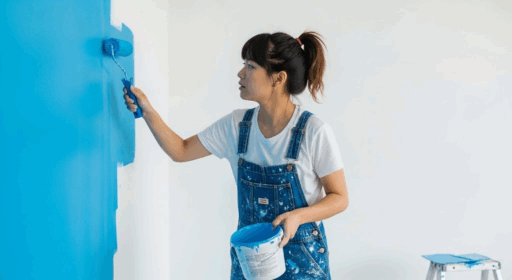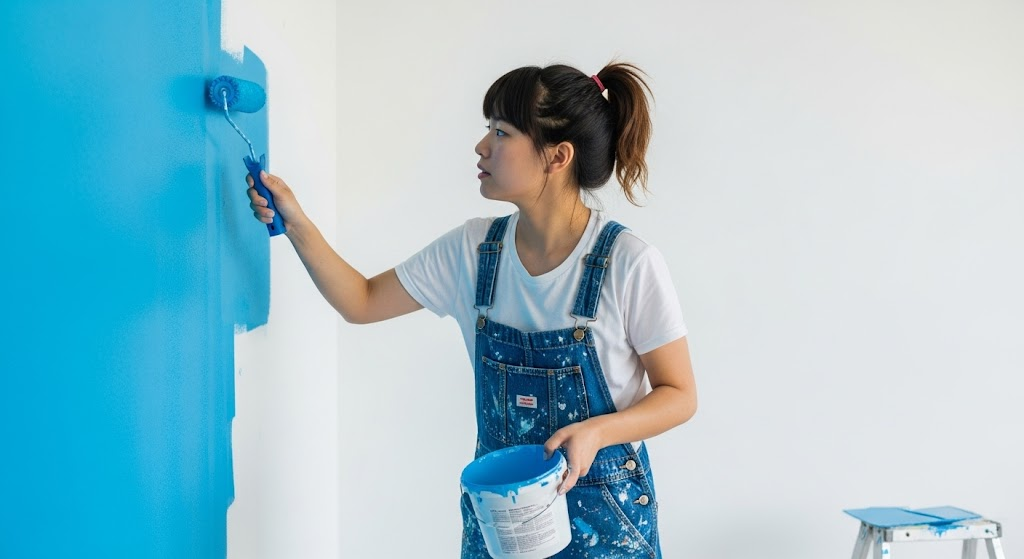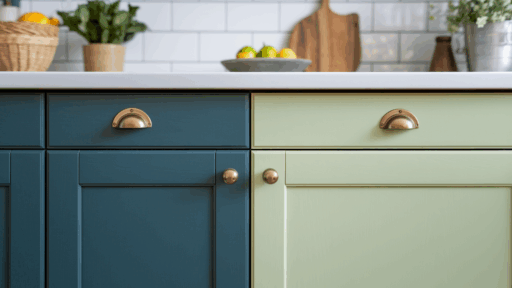I’ve been there, standing in front of a half-painted wall, brush in hand, wondering if I can slap on that second coat yet.
We’ve all felt that itch to rush the process and get the job done. But here’s the thing, knowing how long to wait between coats of paint can make or break your entire project.
Rush it, and you’ll end up with peeling, streaking, or that dreaded orange-peel texture.
Throughout this guide, I’ll share real experiences from fellow DIYers and expert insights that’ll save you from those costly timing mistakes.
How Long Should You Wait Between Coats?
A paint coat is simply one complete layer of paint applied across your surface. Think of it like layering clothing; each coat adds protection and coverage.
The first coat often gets absorbed into the surface, while subsequent coats create that smooth, even finish we’re all after.
Without proper layering, you’ll get patchy coverage and paint that wears down faster than it should.
Types of Paints and Their Typical Recoat Times
| Paint Type | Typical Recoat Time |
|---|---|
| Latex/Water-based | 2–4 hours |
| Oil-based | 24 hours |
| Primer (water-based) | 1–2 hours |
| Primer (oil-based) | 6–8 hours |
Understanding Dry, Recoat, and Cure Times
- Dry to Touch: Paint feels dry but isn’t ready for another coat yet
- Recoat Time: The sweet spot when you can safely apply your next coat
- Cure Time: When paint reaches maximum durability, sometimes weeks later
I’ve made the mistake of confusing these before. Just because something feels dry doesn’t mean it’s ready for more paint.
What Happens If You Apply a Second Coat Too Soon?
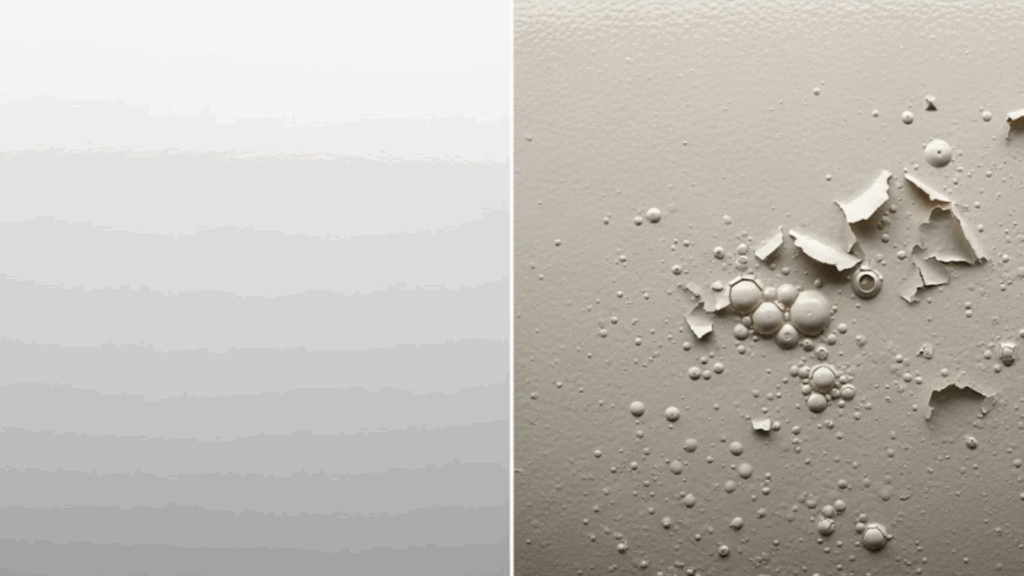
I’ve rushed paint jobs before, and trust me, it never ends well.
What happens if you apply a second coat of paint too soon is that when you apply that second coat too early, you’re setting yourself up for a world of frustration.
Here’s what I’ve experienced firsthand:
- Peeling and Bubbling: That trapped moisture has nowhere to go, so it pushes up through your fresh paint. I once had entire sections of my kitchen wall bubble up like plastic wrap.
- Uneven Finish: You’ll get those annoying streaks and patches that make your wall look like a beginner painted it. No amount of rolling can fix this once it happens.
- Color Blending Issues: This is especially brutal with bold colors. I learned this the hard way with a deep red accent wall; the wet paint actually pulled color from the first coat, creating muddy streaks.
The problems don’t stop there. Trapped moisture extends drying time, and your paint job becomes far less durable, chipping and wearing down much faster than properly applied coats. Sometimes you’ll get lucky and just need extra wait time.
But often? You’re sanding everything down or stripping completely. I’ve had to restart entire rooms because I got impatient.
Check out the r/paint community thread to know more about What Happens If You Apply a Second Coat Too Soon?
Factors That Affect Drying and Recoat Times
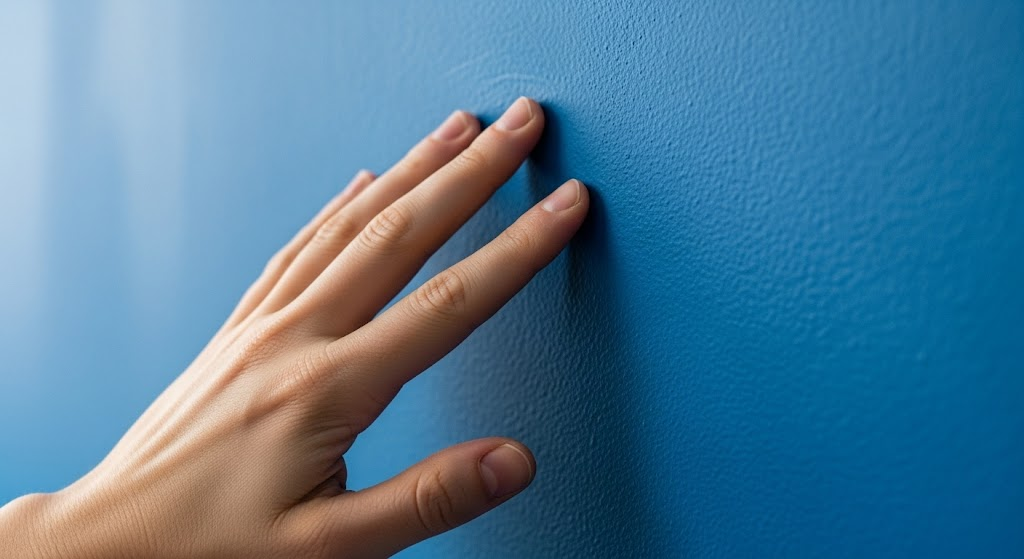
Paint doesn’t dry in a vacuum; there are tons of variables that can throw off your timing.
When figuring out how long to wait between coats of paint, I’ve learned that understanding these factors can save you from those frustrating “why isn’t this working?” moments.
Environmental Influences
The room conditions can make or break your timing, and I’ve learned this through plenty of trial and error. Temperature, humidity, and airflow all play bigger roles than most people realize.
1. Temperature plays a huge role in how your paint behaves. I stick to that sweet spot between 50–85°F (10–30°C). Paint a room when it’s too cold, and you’ll be waiting forever for it to dry.
Too hot? The paint might skin over on top while staying wet underneath, which creates its own set of problems.
2. Humidity is trickier than most people realize. When I painted my bathroom during a particularly humid summer, everything took twice as long to dry. High humidity basically stops evaporation in its tracks. But low humidity isn’t always better.
I’ve seen paint crack when the air was too dry because it dried too fast.
3. Ventilation makes a massive difference. I always crack a window or run a fan to keep air moving.
It helps those solvents evaporate properly and prevents that stuffy, trapped moisture feeling. Just don’t create a wind tunnel that’ll blow dust onto your wet paint.
Surface and Application Factors
It’s not just about the room conditions; what you’re painting and how you apply the paint matter just as much.
I’ve seen identical paints behave completely differently based on these application factors.
4. Surface Material changes everything about your timing. Porous surfaces like bare drywall or wood drink up that first coat, which can actually speed up drying time. But smooth, sealed surfaces? They’ll keep your paint wet longer because there’s nowhere for it to absorb.
5. Paint Thickness is where I see most DIYers mess up. Those thick, gloopy coats might seem efficient, but they take forever to dry thoroughly. Thin, even coats are always the way to go.
6. Type of Finish matters more than you’d think. Glossy paints and enamels require extra time between coats compared to flat finishes, due to their different curing process.
Avoid These Mistakes When Waiting Between Paint Coats
I’ve made plenty of timing mistakes over the years, and each one taught me something valuable.
Here are the key lessons about how long to wait between coats of paint that’ll help you avoid the most common pitfalls and get professional-looking results.
- Don’t trust just the “dry to the touch” test. I’ve learned to wait for the full recoat time, no matter how dry it feels.
- Skip those thick, heavy coats. Multiple thin layers always give me better results and dry more predictably.
- Lightly sand between coats when working with glossy finishes. It helps the next coat grab properly and smooths out any imperfections.
- Control your environment. I always check temperature, humidity, and airflow before starting. It’s saved me from so many headaches.
- Read the paint can label every single time. Different brands and formulations have their own timing requirements, and I’ve been burned by assuming they’re all the same.
The Bottom Line
Getting the timing right between coats isn’t just about following rules; it’s about protecting all the work you’ve already put in.
I’ve seen too many DIYers (myself included) rush through this step only to spend twice as long fixing the mess later.
If you’re wondering how long to wait between coats of paint, pay attention to your room conditions, respect those recoat windows, and don’t be afraid to wait an extra hour when you’re unsure.
Your paint can label is your best friend, but combine that with what seasoned painters have learned through experience. Trust me, that patience will pay off with a finish you’ll actually be proud of.

